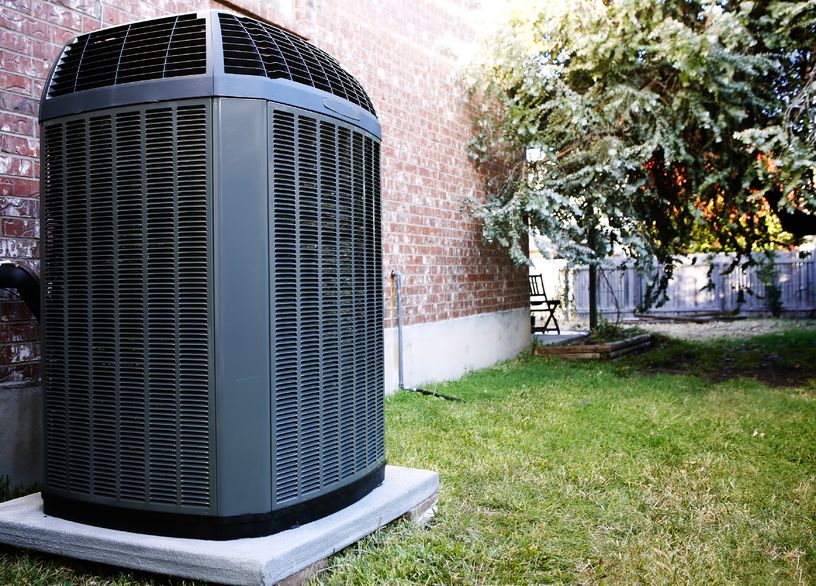A group of 17 leading free market advocacy organizations is telling EPA to rethink and repropose its faulty phaseout rules for HFCs. These rules were recently proposed under the so-called American Innovation and Manufacturing (AIM) Act passed in December. EPA is rushing the rule making, with final rules due out in September.
The call for reform comes in the form of formal comments submitted on EPA’s proposed phaseout regulations. The lead author of the comments is Ben Lieberman from the Competitive Enterprise Institute. Our own CFACT is also a member of the group of 17.
The comments are impressively concise. Below are some important quotes that convey the thrust of these comments, with my analysis added.
The focus of the comments is on what Junk Science guru Steve Milloy calls “The war on refrigeration“. Here is an overview of the group’s concerns.
“The AIM Act imposes limits on the future production of hydrofluorocarbons (HFCs), and does so on the grounds that they contribute to climate change. The economic impacts will be very significant and widespread, as HFCs are the class of refrigerants used in hundreds of millions of air conditioning and refrigeration systems. Keeping this equipment in operation will cost considerably more because of these provisions. In addition, new equipment designed to use alternative refrigerants with lower global warming potentials (GWP) carries a price premium and will likely continue doing so as competition with the HFC-using systems currently dominating the market is increasingly constrained.”
This is a cap and trade system. That is it is government controlled rationing of HFC chemicals, but ration cards can be bought and sold, which favors the wealthiest companies. The rationing is on a scale and of a complexity far greater than anything EPA has ever done.
“While some of these cost increases are unavoidable, we believe that the NPRM exacerbates others through incorrect and/or unnecessarily aggressive interpretations of the law. Among them is the agency’s proposed means of determining the baselines of past HFC production from which the future percentage restrictions are calculated. The chosen method is likely to lead to an undercount and thus more stringent HFC quotas than the statute envisioned.”
When it comes to establishing the ever diminishing allowed ration of HFCs, the AIM Act creates two huge problems that EPA has so far failed to resolve. First, AIM is based on the 2014 Kigali Amendment to the Montreal Protocol, which the U.S. never adopted. It is Kigali by the back door.
As a result today’s ration, called the baseline, is based on data from 2011 to 2013, which is around ten years old. Turns out EPA has very little data from that time and the limited data they propose to use is likely to make the ration far too small.
Second the AIM Act exempts a number of industries from the reduced rationing at this time. But EPA plans to still subtract their large rations from the whole, meaning the industries not exempted will see far bigger cuts in their rations than the law specifies.
“The NPRM is accompanied by a Regulatory Impact Analysis (RIA) that grossly understates the costs of the rule – and indeed makes the irrational claim that there are no net compliance costs. At the same time, the RIA overstates the climate change-related benefits of the rule. Perhaps most one-sided of all are the environmental justice claims which completely ignore the disproportionate impact of costlier air conditioning on low income households and communities.”
So-called environmental justice is a new analysis and EPA’s is indeed atrocious. The supposed benefits for the poor are in reduced climate damages over the next 300 years. The very real costs will be borne immediately by the poor. Claiming these 300 year benefits somehow outweigh the costs imposed now is simply absurd. Even worse EPA does not include the cost impact on the poor in their analysis.
The CEI et al comment includes a lot of detailed analysis. It then ends with a petition to EPA, saying this:
“The NPRM sets out an implementation scheme for the AIMAct that goes well beyond the statute’s provisions. Most notably, its formula for determining the baselines for HFC production and consumption will lead to an undercount that is at odds with statutory intent. Furthermore, the NPRM relies on an RIA that ignores costs and overstates the environmental benefits. Given the potential adverse impacts on consumers and businesses, we urge that a supplemental NPRM and RIA be issued that remedies these flaws before any rule is finalized.”
Other commenters have also asked for a revised proposal from EPA. If this is not done the whole rule making may wind up in Court.
The EPA proposal and the 200+ comments on it can be found at
https://www.regulations.gov/docket/EPA-HQ-OAR-2021-0044
My original comment on the proposal, with a lot of background information is here:
https://www.cfact.org/2021/05/10/epas-proposed-hfc-phaseout-regulation-is-nuts/
Stay tuned to CFACT as this regulatory drama unfolds.
